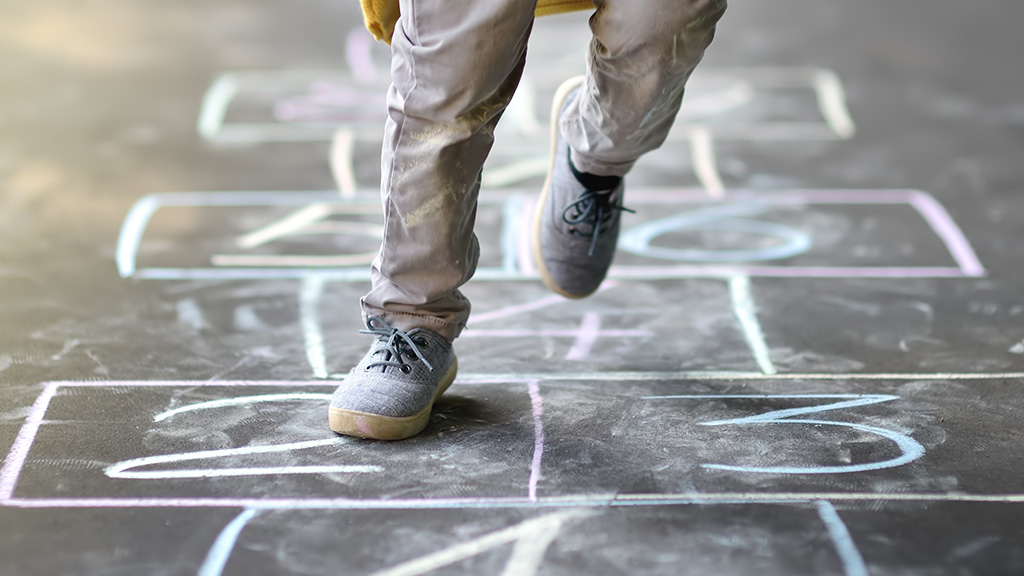
Learning loss and mental health are two big concerns for K-12 students due to the disruption caused by the pandemic. A recent study by Harvard University’s Center for Education Policy Research found that students in high-poverty schools that operated remotely for the 2020-21 school year lost a half-year of learning or achievement growth. Data from the Centers for Disease Control and Prevention (CDC) show that in 2021, more than a third (37 percent) of high school students experienced poor mental health during the COVID-19 pandemic, and nearly half (44 percent) persistently felt sad or hopeless during the past year.
To tackle the two issues, many school districts have added tutoring programs and summer camps, increased training for educators, and hired more counselors. However, two trends from a recent study published in JAMA Pediatrics about children’s health and well-being between 2016 and 2020 showed significant increases in children’s diagnosed anxiety/depression and decreases in children’s physical activities. This data should remind educators and school leaders that play and physical education (PE) are important in children’s lives. School playgrounds can be additional places to help improve student performance and mental health.
Research shows that recess, namely school outdoor activity time, contributes up to 70 percent of children’s weekday physical activity. Students benefit from recess in many ways, such as reduced obesity rate, better classroom behavior, lower stress, improved social skills, and improved academic performance.
Researchers Alicia Cooper Stapp and Jenny Kate Karr in 2018 found that a 25-minute recess period significantly increased the attention span of fifth-grade students during task-based learning in the classroom (e.g., answering questions asked by the teacher, raising a hand and waiting to be called on, and reading a book when finished with work).
Alejandro Carriedo and José A. Cecchini’s recent longitudinal study found that first graders who get more involved in more intense physical activities during recess achieved higher academic grades than their peers who were more sedentary. While the research has limitations, their findings support the conclusion that increased activity in school may enhance academic achievement in all children and is associated with better cognition.
The National Teacher and Principal Survey (NTPS) shows that in the 2017-18 school year, the average weekly recess time (excluding time allocated for lunch) for third graders in charter schools was 140 minutes, but in traditional public schools, it was 130 minutes. In schools with enrollment above 750 students and schools with 75 percent or more of K-12 students who were approved for free or reduced-price lunches, third graders had another 10 minutes less in weekly recess time.
An earlier study from the National Center for Education Statistics revealed that outdoor play areas/playgrounds and outdoor athletic facilities in small and high-poverty public schools were more likely to be in poor condition. More than one-third (38 percent) of schools with enrollment of fewer than 300 and one-third (34 percent) of schools with 75 percent or more of students eligible for free or reduced-price lunch reported that the condition of their playgrounds was rated as fair or poor.
In one Tennessee school district, playgrounds have been a financial burden on school communities for 30 years. The district does not have a budget to build playgrounds for new schools, nor money to maintain existing playgrounds, or to pay for tearing down old playgrounds and moving them when a school is renovated or relocated.
In a Connecticut school district, playgrounds have been deteriorating, which raised safety concerns. The school board requested up to $300,000 in funding for a playground improvement project. The request was approved.
When school budgets are tight, it is difficult for district leaders to set aside money for building or renovating school playgrounds. In urban areas, limited spaces challenge school leaders to improve the quality of outdoor physical activities for students. Therefore, working with parents and local communities becomes pivotal in transforming school playgrounds. (See "Playground Power" on Page 18 for information on Trust for Public Land's Community Schoolyards model.)
Raise money to build an inclusive and safe playground. In Idaho, parents and educators at Chubbuck Elementary School organized fundraising events to build a new playground that will be accessible to students of all abilities. The inclusive playground, which will have accessible swings and be wheelchair friendly, among other features, is expected to replace an existing playground at the school by January 2023 if they raise enough money.
Introduce professional recess crews. To tackle student mental health issues aggravated by the pandemic, Illinois’ Aurora Public Schools partnered with a nonprofit organization, Playworks, to get students more physically active during recess and to build social-emotional skills. Playworks is partnering with 31 schools in the district, which uses federal pandemic relief money to fund the partnership.
Quality recess, together with PE curriculum, benefits students both physically and psychologically, and helps students to improve their academic performance. An inclusive, safe, and well-designed school playground should be part of quality education for every student.
Jinghong Cai is the senior research analyst at NSBA’s Center for Public Education.

Share this content